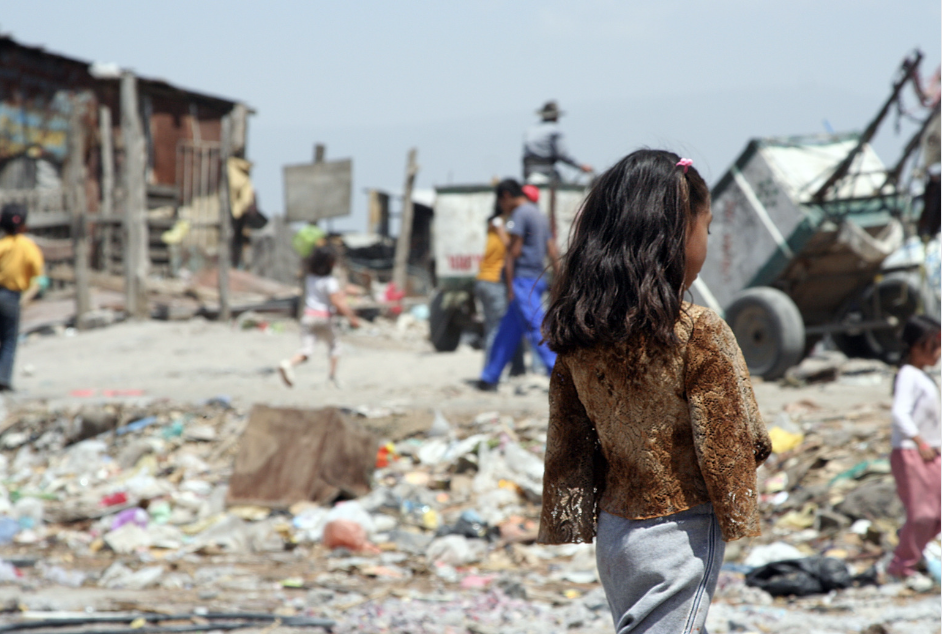More than 9 million American children live in poverty. This means they live in households that struggle to provide essentials like adequate food, shelter, healthcare, and education.
Poverty negatively affects every aspect of a child’s life, sometimes into adulthood.
Read on to learn about the effects of childhood poverty and how to help.
Risk factors for childhood poverty
Certain factors increase a child’s likelihood of experiencing poverty, like:
* Living in single-caregiver households.
* Being Black or Hispanic. Systemic racism and discrimination, as well as inequality in education and job opportunities, increases poverty rates.
* Living in rural areas. This may limit caregiver job opportunities and access to resources.
* Having caregivers with low levels of education. This can limit access to higher-paying jobs.
* Having a disability. This may increase medical costs, and require caregivers’ presence, limiting availability to work.
* Having caregivers with limited English skills or who are immigrants. This can create language barriers when trying to access jobs/resources.
Impact on children
* Poor nutrition. Families might not have enough money to buy healthy food, leading to hunger and malnourishment.
* Health problems. Limited access to frequent healthcare can lead to illness.
* Limited educational opportunities. Lack of good schooling and resources can make it hard to get a decent job as an adult.
* Emotional and behavioral problems. Poverty can cause feelings of depression, anxiety, shame, stress, etc.
* Housing instability. Poverty can lead to frequent evictions, poor housing quality, etc. Children may move often, making it hard to feel safe and secure.
* Increased stress.
* Social isolation. Without money, children may not be able to participate in social activities with peers.
* Limited access to technology. Poor families may not be able to afford computers, internet, etc. This limits a child’s ability to complete school work, learn skills for the job market, etc.
Recognizing the signs
Poverty isn’t always obvious. However, children experiencing it might:
* Frequently talk about being hungry or look undernourished.
* Have unmet medical needs or be unable to get necessary medications.
* Do poorly in school or not have the appropriate educational resources.
* Move frequently or be homeless.
* Have limited access to transportation, possibly causing frequent lateness or absences from school.
* Wear worn, poorly fitted, or seasonally inappropriate clothing.
* Be unable to participate in extracurricular activities or sports programs due to financial constraints.
* Frequently miss school due to illness or the need to care for family members.
* Live in overcrowded or unsafe conditions, including exposure to dangerous hazards (mold, structurally unsafe, etc.).
How to help
Individually, there are many ways we can help children who experience poverty, like:
* Volunteering at local organizations that help impoverished children and families. E.g., food banks, after-school programs, or shelters.
* Donating to organizations that provide services to families living in poverty.
* Advocating for policies that support poverty-alleviation initiatives, like affordable housing, healthcare access, food programs, and increased funding for education.
* Providing resources directly to families in need, like clothes, food, or school supplies.
* Tutoring or mentoring a child, either through a formal program or a personal relationship.
* Supporting local businesses and organizations that create job opportunities for people living in poverty.
* Learning about the issues related to childhood poverty and the experiences of their families.
Key points
* Childhood poverty affects over 9 million children in the US
* Risk factors include race, location, education level of caregivers, household dynamics, etc.
* Childhood poverty can cause poor nutrition, health problems, limited education opportunities, emotional and behavioral issues, housing instability, increased stress, and social isolation.
* To help, we can donate to local organizations, advocate for policy change, provide resources, tutor or mentor, and educate ourselves about childhood poverty.
Sources
https://www.census.gov/library/publications/2021/demo/p60-275.html

